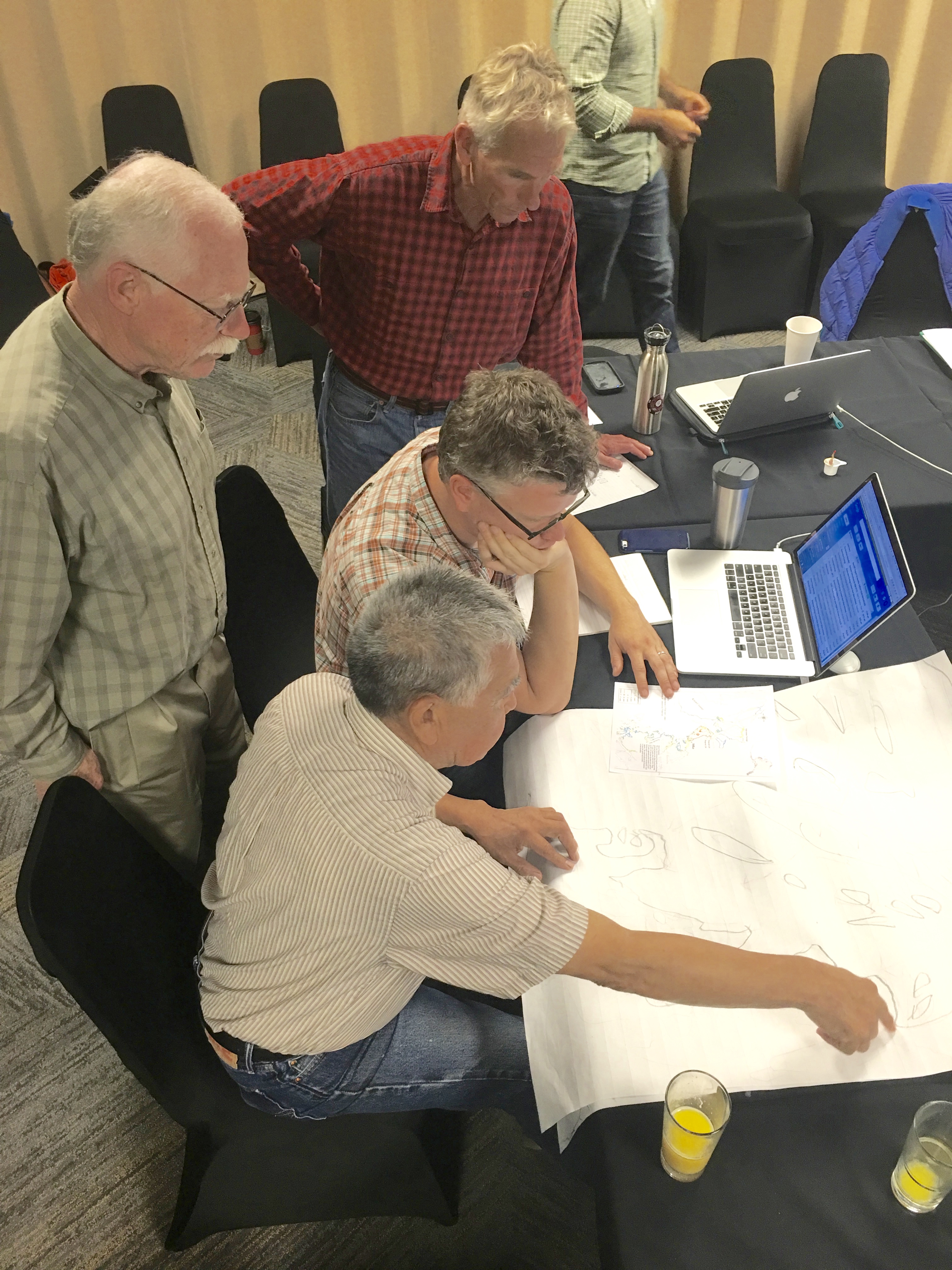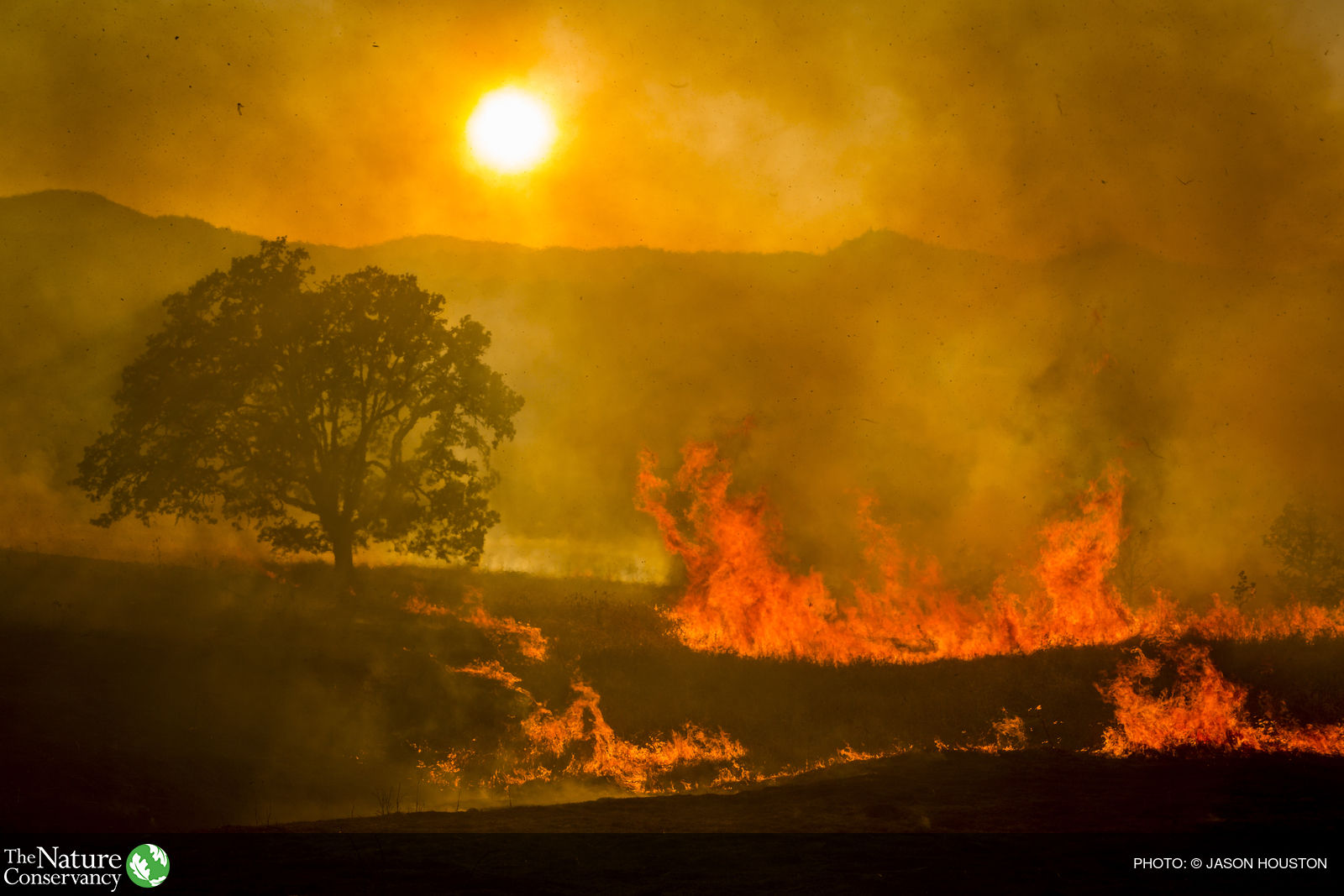Current and ongoing

Integrated assessment of vulnerability of West Coast Fishing communities to climate change
The California Current Ecosystem (CCE), which brings cold, nutrient-rich waters to the U.S. West Coast, supports a wide range of important fisheries off California, Oregon, and Washington. In recent years, climate-driven changes in the CCE – from warming temperatures to ocean acidification and toxic algal blooms – are disrupting ocean habitats and species, and by extension the social and economic fabric of fishing communities on the coast. Thus, we are assessing the social and ecological vulnerability of fishing communities along the U.S. West Coast to changing ocean conditions.
The CCE supports commercial and recreational fisheries for albacore tuna, salmon, crab, squid, shrimp, and dozens of different groundfish species, including sablefish, various rockfish, and halibut. The health of the CCE provides not only economic benefits to the region through jobs and income, but also affects the social well-being of fishing communities on the coast. Social relationships, cultural values and practices, and tangible and intangible connections to nature form the foundation upon which people pursue their livelihoods and thrive in their environment.
Environmental stressors are interacting to affect fisheries in the CCE, including warming temperatures, ocean acidification, and declining oxygen. Increasingly, fisheries managers, fishermen, NGOs, and others are discussing plans to address risks posed by increasing change and uncertainty. The Pacific Fisheries Management Council (PFMC), which manages federal fisheries in the region, launched the Climate and Communities Initiative as part of their Fisheries Ecosystem Plan process. This initiative aims to improve management flexibility and responsiveness to climate effects, and to bolster the resilience of fish stocks and fisheries. Achieving this goal starts with scenario planning to identify tools, products, and processes that can help the PFMC plan.
Better understanding how changing ocean conditions will propagate through ecosystems to fishing communities could help target investments in mitigation and adaptation. In this project, we
will conduct social-ecological vulnerability assessments based on existing data and information with a focus on federally managed fisheries off California, Oregon, and Washington.
Sufficient and Efficient Puget Sound Stormwater Management
 People are drawn to places where land and water meet. Towns and cities rise along rivers and coasts out of utility, leisure and necessity. We recreate along wild salmon-bearing rivers, rocky coasts and sandy beaches. Our farming communities rely on floodplain river valleys and coastal deltas. And many of the world’s most populous cities are concentrated near the oceans and are dependent on access to harbors and ports for global commerce and industry.
People are drawn to places where land and water meet. Towns and cities rise along rivers and coasts out of utility, leisure and necessity. We recreate along wild salmon-bearing rivers, rocky coasts and sandy beaches. Our farming communities rely on floodplain river valleys and coastal deltas. And many of the world’s most populous cities are concentrated near the oceans and are dependent on access to harbors and ports for global commerce and industry.
Puget Sound is a place where land and water meet to create thriving ecologies, diverse communities, growing economies, and an entrepreneurial spirit that draws people from all over the world. Even as the Sound’s beauty attracts new businesses and residents to the area, like other regions of the globe, unprecedented growth puts its health at risk. Currently, 75% of the toxic chemicals entering the Sound are carried by stormwater runoff that flows off hard urban surfaces.
We built water and drainage systems to serve the Puget Sound region for the first 150 years of development. But now it is critical to think about the health of Puget Sound by researching the most effective and efficient ways to mitigate stormwater impacts.
We know that nature can help cities manage the challenges they face, while also helping to mitigate human pressures on coastal and nearshore ecosystems. Green infrastructure – using the power of nature to capture and treat rainwater – is now recognized as a solution to toxic stormwater, and many conservation organizations, businesses, and government agencies around the world are investing in green infrastructure projects. The question is — how much green infrastructure is needed, and where, to achieve the greatest impact? How do we prioritize green infrastructure projects to efficiently and effectively safeguard human well-being and the ecological processes that support ecosystem function? Such questions are foundational in environmental management but remain a challenging problem on the ground because they force practitioners to confront the ecological, social and economic constraints inherent in any conservation endeavor. This is the work we address with this project
ecosystems. We have an opportunity to change this, as promising new science converges with a paradigm shift toward ecosystem-based management of our coasts and oceans.
The Ocean Modeling Forum
The Ocean Modeling Forum (OMF) convenes scientists, decision makers, and key stakeholders to use multiple modeling approaches to generate knowledge that will be used to improve the management of marine resources.
 The OMF aims to advance implementation of Ecosystem Approaches to Ocean Management, through coordinating ad hoc working groups to address ocean-management topics of high importance using modeling methods. The OMF enlists scholars from a range of scientific disciplines to address topics in an integrative and collaborative manner, and is coordinated by a leadership group involving University of Washington (UW) and NOAA scientists. Participants in specific projects are volunteers identified by the leadership group and include key scientists, stakeholders and managers. The OMF framework can be applied across a wide range of ocean management topics and geographies within the marine realm, and has initially focused on ecosystem approaches to management of fisheries of ‘forage’ species.
The OMF aims to advance implementation of Ecosystem Approaches to Ocean Management, through coordinating ad hoc working groups to address ocean-management topics of high importance using modeling methods. The OMF enlists scholars from a range of scientific disciplines to address topics in an integrative and collaborative manner, and is coordinated by a leadership group involving University of Washington (UW) and NOAA scientists. Participants in specific projects are volunteers identified by the leadership group and include key scientists, stakeholders and managers. The OMF framework can be applied across a wide range of ocean management topics and geographies within the marine realm, and has initially focused on ecosystem approaches to management of fisheries of ‘forage’ species.
Specifically, the OMF provides the opportunity, facilities and support for an integrated, ocean modeling effort that can be used to:
- synthesize diverse transdisciplinary information relevant to ocean management;
- explain the strengths, limitations, and caveats of alternative modeling approaches; and
- provide managers and policy makers with knowledge in a manner that promotes more informed decision making.
Conservation Science at The Nature Conservancy
 The Nature Conservancy has employed scientists for decades, and currently more than 350 staff work in science positions. But what makes an effective conservation scientist at TNC? Below are some answers! Our group uses this philosophy to tackle key conservation problems in Washington and beyond related to climate change, forest fire, fisheries, and urbanization.
The Nature Conservancy has employed scientists for decades, and currently more than 350 staff work in science positions. But what makes an effective conservation scientist at TNC? Below are some answers! Our group uses this philosophy to tackle key conservation problems in Washington and beyond related to climate change, forest fire, fisheries, and urbanization.
A TNC scientist:
Finds joy in discovery: has unquenchable curiosity, and thrives on exploring and discovering new things.
Commits to evidence: is unflinchingly committed to creation and objective interpretation of evidence, and able to relate evidence sensitively to senior leaders and stakeholders in value-laden conservation contexts.
Drives science to impact: is dedicated to creating, clarifying, and prioritizing salient scientific questions that link scientific advances to priority conservation outcomes, and supports the design and delivery of science in decision-making processes.
Solves problems: is resourceful, evaluates evidence, characterizes and embrace uncertainties, and makes science-based recommendations efficiently, allowing progress despite insufficient information.
Produces rigorous timely results with available resources: in a self-sufficient manner prioritizes activities, manages time, works productively, meets deadlines, and delivers quality work that meets the conservation need.
Acts as a generalist: applies their knowledge and skills to a broad set of questions and decision contexts.
Publishes in quality journals: demonstrates commitment to share and gain recognition for The Nature Conservancy’s scientific advances in peer reviewed journals.
Communicates: translates scientific information to nonscientists, and applied information to scientists, in a manner that is clear, correct, complete, and compelling.
Collaborates: helps colleagues and multidisciplinary teams including non-traditional conservation fields and sectors, synthesize information, make decisions, and achieve goals.
Identifies risk: is vigilant to the consequences of Conservancy actions, is constructive and thorough in analyzing them, and exercises judgment as to when to elevate issues to management.
Leverages differences: is skilled at and committed to eliciting and including contributions to science from all knowledge sources, cultures and genders.